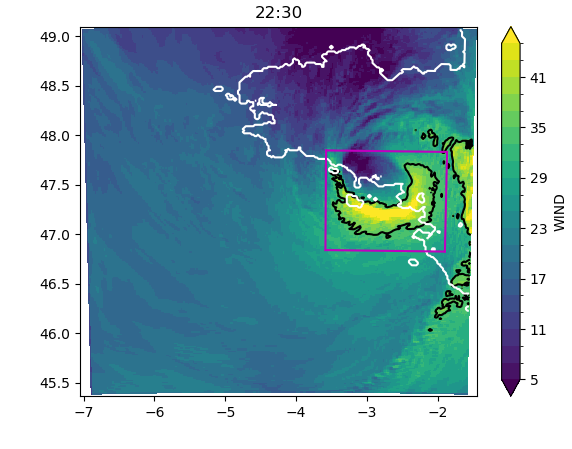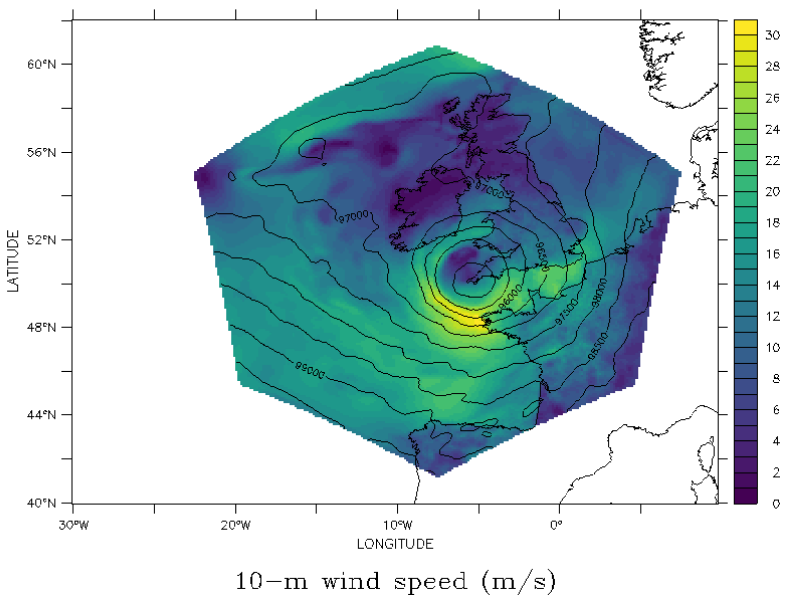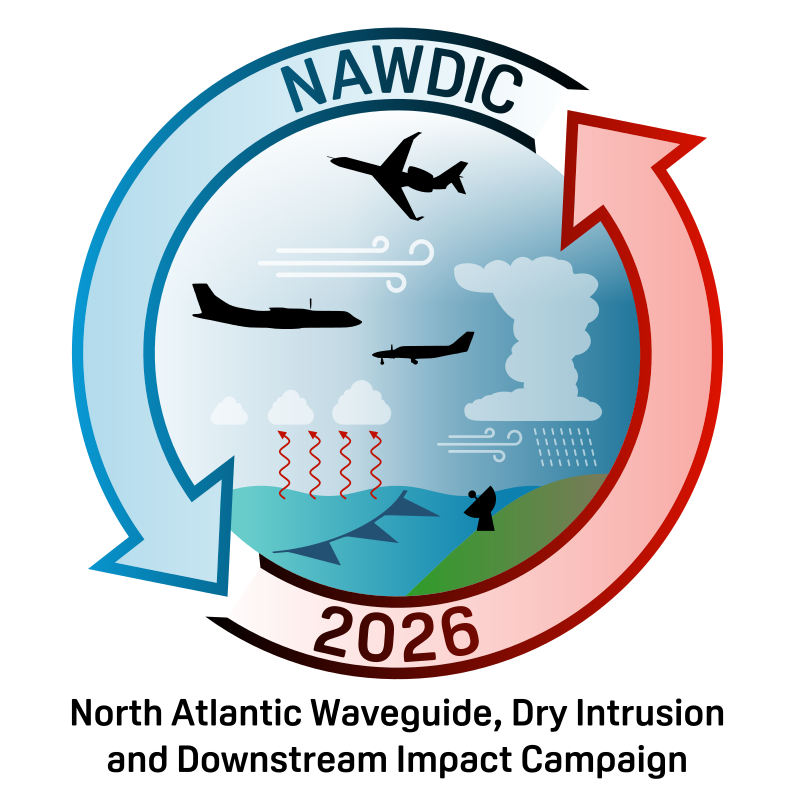The ability of Numerical Weather Prediction (NWP) and climate models to accurately represent the low-level jets within extratropical cyclones and the transfer of momentum down to the surface will be assessed. Several Limited Area Models (LAM) used in research and operational weather forecasting will be run for selected case studies in different configurations, including Convection-Parameterized Models (CPM, horizontal grid spacing ~10 km), Storm-Resolving Models (SRM, horizontal grid spacing ~1 km) and Large-Eddy Simulations (LES, horizontal grid spacing ~100 m). The quality of model simulations will be assessed against airborne and ground-based observations from the different instruments involved in the campaign.

Meso-NH: is the mesoscale non-hydrostatic atmospheric model of the French research community jointly developed by LAERO and CNRM. It can be run over a wide range of scales and resolutions and is efficiently parallelized for different supercomputer architectures including Graphical Processing Units (GPUs) thanks to recent developments. This allows modelling the full synoptic-scale extent of extratropical cyclones in SRM mode (see left figure, simulation of Alex storm at 1.6 km resolution) to explicitly represent deep convection during the campaign and in LES mode to explicitly represent boundary-layer convection

ICOLMDZ-LAM is the LAM configuration of ICOLMDZ, the new atmospheric general circulation model developed at LMD. ICOLMDZ corresponds to the recent coupling of the advanced DYNAMICO icosahedral dynamical core and the physics of LMDZ – the current atmospheric component of the IPSL Earth-System Model. The model will be initialized and forced with ERA5 reanalysis at the lateral conditions and run at 15-km resolution (see CPM simulation of Ciaran storm on 1 November 2023 on the left figure).
- ICON: is the Icosahedral Nonhydrostatic modelling framework of the German Weather service and is also used frequently in research. It can be run globally, in limited-area mode, and includes a 1- and 2-way nesting capability for locally refined nests. ICON can be run with flexible vertical and horizontal grid spacing and in LES mode. In particular the nesting capability facilitates the simulation of the large-scale synoptic situation at coarser resolution and the region of interest, i.e., cloud head or dry intrusion-boundary layer interaction, in SRM mode
- AROME: is the operational short-range mesoscale model from Météo-France. It shares physical parameterizations with Meso-NH, such as 1-moment cloud microphysics, but is based on a different numerical core. It is currently run 8 times per day up to 2 days ahead with 1.3 km horizontal grid spacing over a domain that encompasses Ireland to the northwest. Arome forecasts will be included in SRM model intercomparisons for ground-based observations and for airborne observations that remain within the domain extent.
